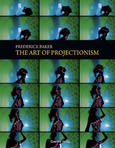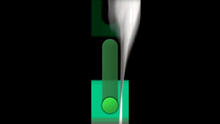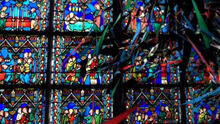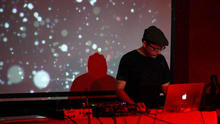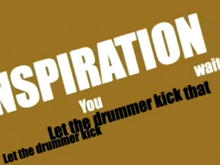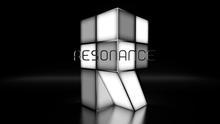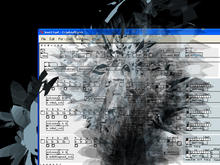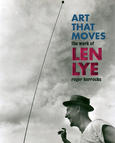Davide Quagliola (Quayola)
is an Italian visual artist based in London. His work simultaneously focuses on multiple forms exploring the space between video, audio, photography, installation, live performance and print.
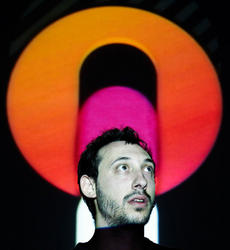
Quayola creates worlds where real substance, such as natural or architectural matter, constantly mutates into ephemeral objects, enabling the real and the artificial to coexist harmoniously. Integrating computer-generated material with recorded sources, he explores the ambiguity of realism in the digital realm.
Working in both the artistic and the commercial field, Quayola intelligently experiment with mediums traditionally perceived as separate. Currently active as Visual Artist, Graphic Designer and Director, he constantly collaborates with a diverse range of musicians, animators, computer programmers and architects. Quayola creates hybrid works blurring the boundaries between art, design and filmmaking.
Source: Quayola's website


